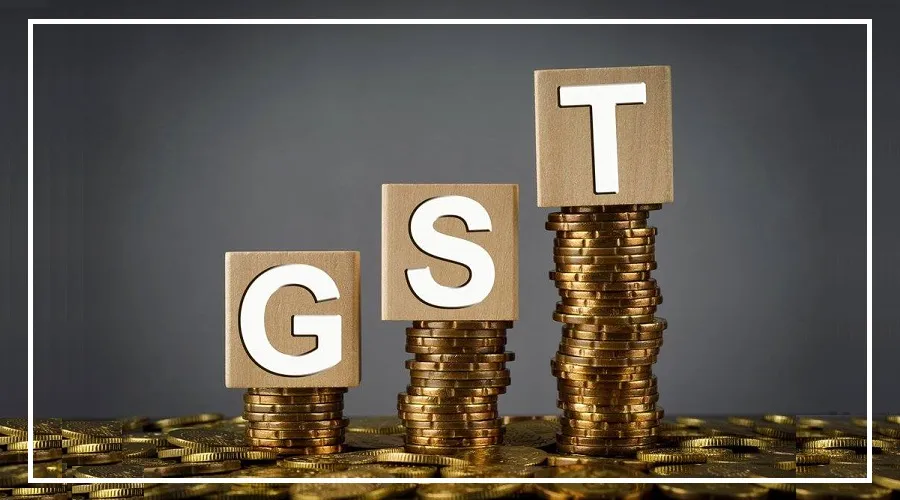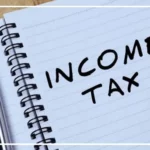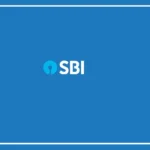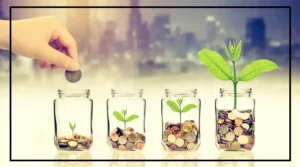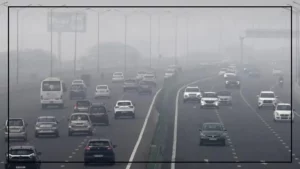At present, India has four GST slabs: 5%, 12%, 18%, and 28%. In the upcoming meeting, the GST Council is likely to take a major decision to simplify these tax slabs.
Sources say the Council is planning to reduce the number of slabs from four to three. A proposal is being prepared to remove the 12% slab.
This move aims to simplify the tax system. According to sources, most of the GST Council’s advisory officials agree that the 12% slab is no longer needed.
Essential Items Likely to Remain in the 5% Slab
As per a report in Hindustan Times, basic goods used by common people may stay under the 5% tax slab. Other items may be shifted to the 18% slab.
A source mentioned, “This could be the best way to simplify the tax system without reducing government income.” However, the final decision will be made by the GST Council.
The next meeting is likely to happen in late June or July. The GST Council includes the Union Finance Minister and Finance Ministers of all states.
ts last meeting took place in December 2024.
When Is the Next GST Council Meeting?
The meeting expected in June or July will focus on simplifying the tax slabs, ensuring better compliance, and discussing other important matters.
A Group of Ministers (GoM) was formed during the 45th GST Council meeting on 24 September 2021 to look into easing the GST rates.
Initially, this group was led by former Karnataka CM Basavaraj S Bommai. In November 2023, UP Finance Minister Suresh Kumar Khanna took over. Later, on 27 February 2024, Bihar Deputy CM Samrat Chaudhary became the group’s convener.
What’s in the 12% Slab Right Now?
Currently, India uses four tax rates: 5%, 12%, 18%, and 28%. Basic items are taxed less, while luxury goods are taxed more.
Items like loose food grains, salt, milk, fresh vegetables, basic education, and healthcare are tax-free.
Examples of Goods in the 12% Slab:
Condensed milk, caviar, bottled water (20L)
Walkie-talkies, tanks, armored vehicles, contact lenses
Cheese, dates, dry fruits, sauces
Pasta, jam, jelly, fruit drinks, snacks
Tooth powder, baby feeding bottles, carpets, umbrellas, caps
Bicycles, wooden or bamboo furniture, kitchen utensils
Pencils, crayons, jute/cotton bags, shoes under ₹1,000
Diagnostic kits, marble, and granite blocks.
Experts’ Opinions:
Experts believe removing the 12% slab is a positive move. Saurabh Agrawal, Tax Partner at EY India, said, “The upcoming meeting will focus on simplifying the tax structure.
Removing the 12% slab and keeping just three rates will make the system easier. It is important that this doesn’t hurt revenue.”
He also noted that the 12% slab includes both essential and industrial goods. Moving these to the 5% or 18% categories could affect government earnings. Items shifting from 12% to 18% may see price hikes.
What May Get Cheaper or Costlier?
If the 12% GST slab is removed, its items will be moved to either the 5% or 18% slab. Goods shifting to 5%, like spices and kerosene, could become cheaper.
Items that shift to 18%, like detergents and plastic products, may get more expensive.
Why the Change Is Needed
In many developed countries, GST has only one or two slabs. Moving to a three-slab system can help India align with global standards.
Experts say that with rising GST collections, it’s time to simplify the rates. In 2024–25, GST revenue rose over 9% to ₹22,08,861 crore, up from ₹20,18,249 crore in 2023–24.
In April 2025, India collected a record ₹2,36,716 crore. May 2025 also saw strong collections of ₹2,01,050 crore — the third highest ever.


